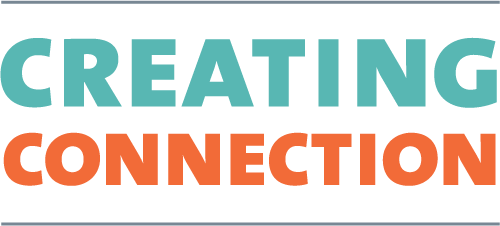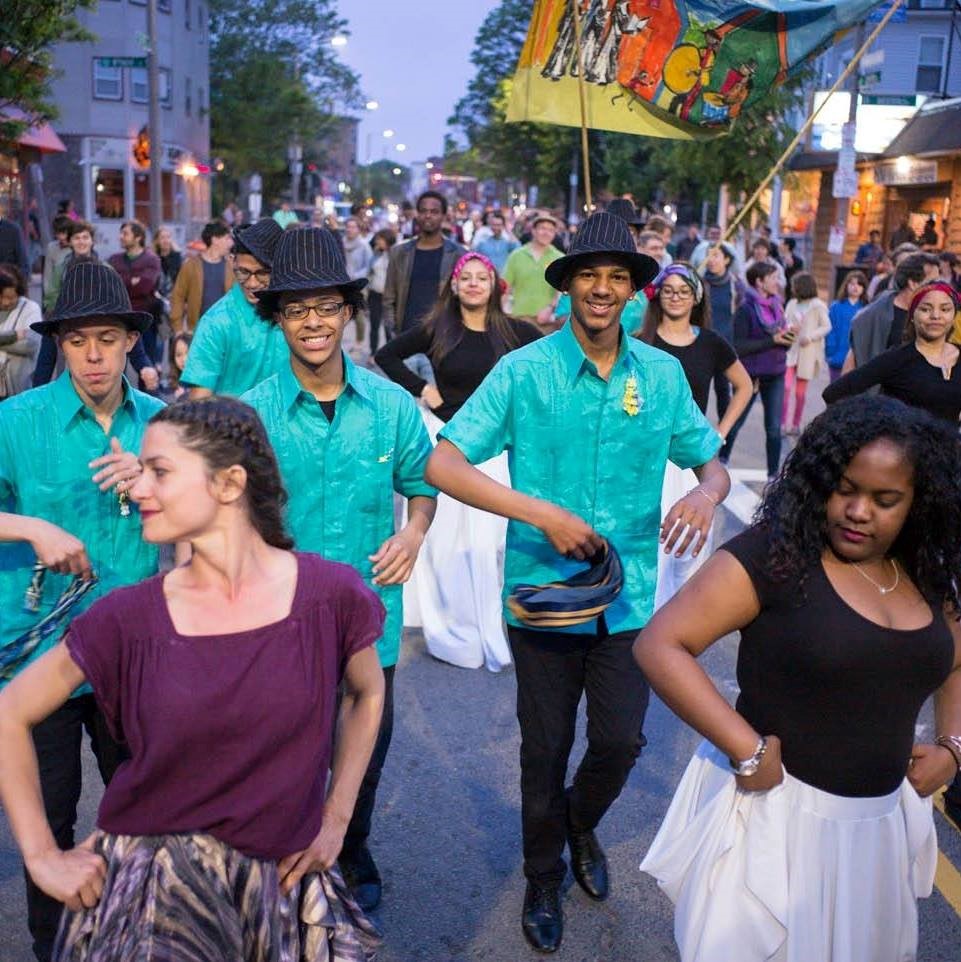For almost thirty years, Hyde Square Task Force (HSTF) has been engaging youth in college and career preparation, Afro-Latin arts and cultural enrichment, and community-building initiatives in their neighborhood—an area recently designated as Boston’s Latin Quarter.
Creating community-led, interactive activities has always been central to this work. So when they joined up with Creating Connection in Massachusetts, they were naturally drawn to using the tools to think about how they incorporate community voices and perspectives into their strategic plan and to refresh how they were learning about their audiences.
The Strategic Plan: Starting with Stakeholder Engagement
They began their strategic planning process with a focus on listening to their community.
“[We held] focus groups and one-on-one interviews with a variety of residents, key stakeholders, Afro-Latin artists, HSTF youth, and leaders of local arts organizations…the interviews and focus groups were very fruitful,” shared Barbara Civill, Director of Development and Communications.
“We found that these perspectives played a key role in giving greater context for what emerged as our Creative Development and Community Engagement work,” she added. Their resulting Theory of Change reflects this context, and built in new language about the importance of connecting with one another.
New attendance numbers are reinforcing their success in community engagement. Despite hosting fewer events in 2019, HSTF reported increasing the number of event attendees compared to the year before, including more than four hundred people who reported attending an event for the very first time.
Shifting communication
Hyde Square Task Force has also shifted the way they describe their ¡Viva el Latin Quarter! events—now focusing more on the audience experience than the artistic content.
Barbara added, “In the past, we thought about them more through the lens of us bringing Afro-Latin artistic performances into the neighborhood. Instead, we have re-framed this to focus more on how people will connect and the experiences people will have at the events.”
Rethinking evaluation: Learning about their audiences
The team at HSTF also used their time with Creating Connection to ask strategic questions about how they learn about their audiences.
They created new evaluation tools and methods including attendee surveys for each of the ¡Viva el Latin Quarter! events, which revealed several informative data points including their reason for attending the event and how they heard about the event.
There, they found alignment with the Creating Connection message framework and the target audiences for their programs. As Barbara shared,
“When reflecting on the various responses to why attendees came to a Viva event, all relate to the Creating Connection framework.
We found that many local families with young children came to our events consistently each week and parents seem to be looking for opportunities for their kids not to passively sit through an artistic experience but to be able to move, create, and have the artistic experience together.
The most popular reason for attending an event was to have fun and relax, which relates directly to happiness and well-being. The three next most common responses were to experience something artistic, to connect with family, friends, and loved ones, and to connect with people in my community.
Looking long-term: What’s next for HSTF
“Have you remembered Creating Connection today?” is written above the desks of several staff at HSTF according to Director of Organizing and Engagement Ken Tangvik.
And this focus on values-based messages and experiences will continue to guide their work going forward.
As Barbara reflects, “We are going to try to maintain all of these events. We are also going to take it up a level. We are excited to brand this neighborhood as Boston’s Latin Quarter and will continue to use our Viva el Latin Quarter events as a space for people to connect through creative activities.”
Photos by Mark Saperstein.



